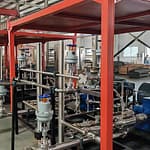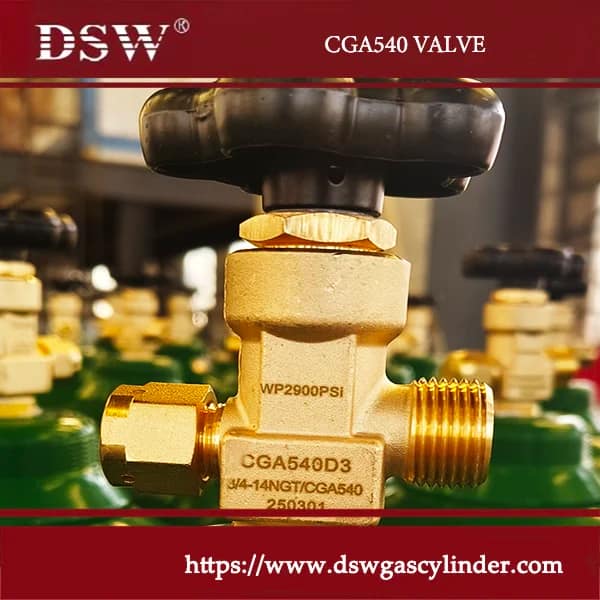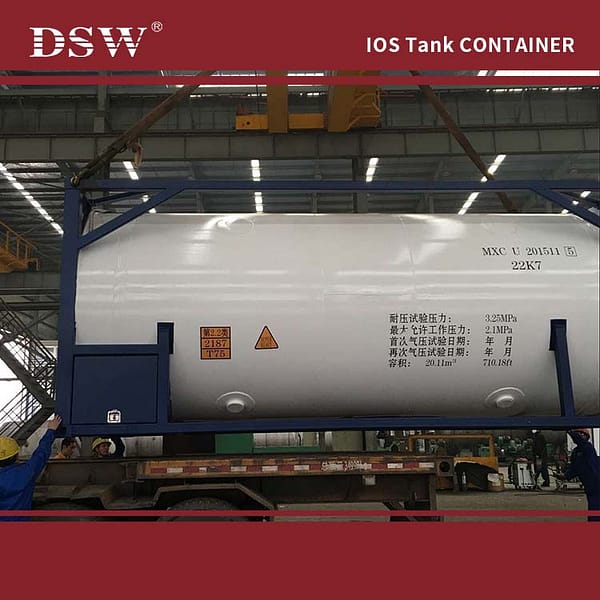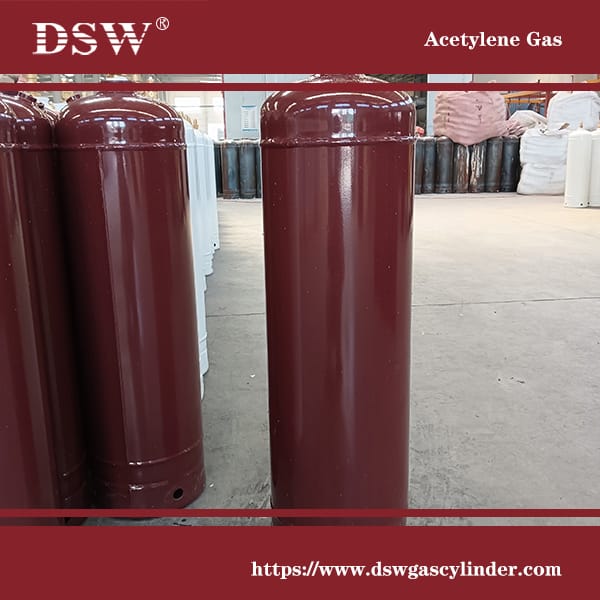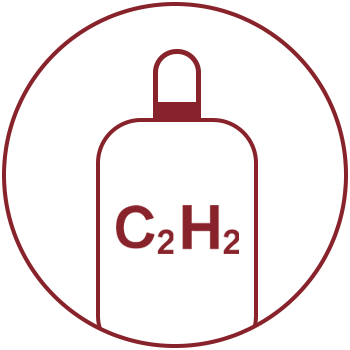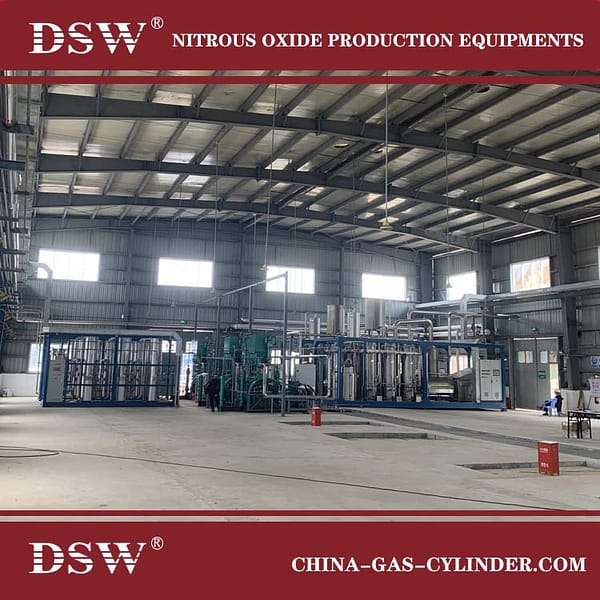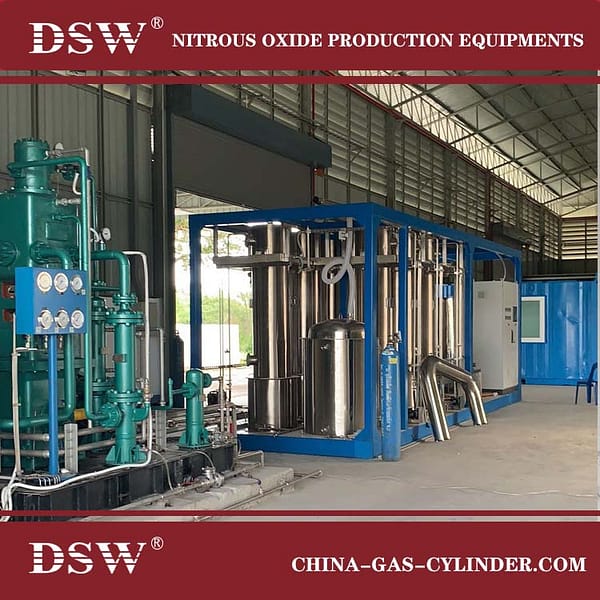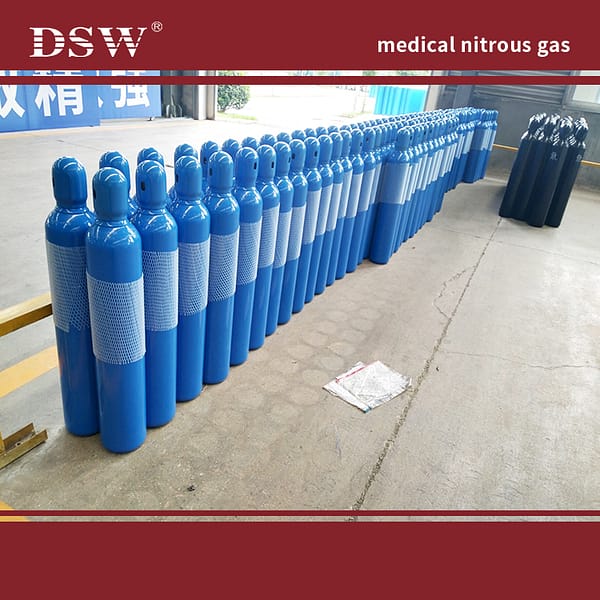Ideal for Acetylene Torches
Acetylene, or ethyne, is a colourless and highly flammable gas with the chemical formula C2H2.
C2H2 gas has many properties and characteristics that are useful for industry applications.
The gas is mainly used in chemical synthesis. The second primary use of acetylene is welding and cutting.
DSW provides acetylene gas in various purities and packages for different needs, including industrial and laboratory applications.
Key Properties of Acetylene
Acetylene’s high combustion temperature makes it ideal for welding and cutting processes. The gas can reach temperatures up to 3,500°C (6,330°F), allowing for the efficient melting, welding, and cutting of various materials. Its primary applications span multiple industries, from construction and automotive to chemical manufacturing.
P10-ACETYLENE-c2h2Uses and Applications
C2H2 gas plays a crucial role in the industry’s production.
Welding, Cutting, and Heat Treating
As a shielding agent, argon protects the welding from atmospheric contaminants such as oxygen or nitrogen.
Gas cutting, or oxy-fuel cutting, is a weld that uses acetylene. C2H2 gas can cut and weld materials that require temperatures up to 3,500 degrees C (6330 degrees F).
Materials Compatible with Oxy-Acetylene Welding:
Mild Steel
Aluminium
Stainless Steel
Copper
Brass
Signaling Lights
C2H2 was used in the 1800s to light a portable carbide or acetylene gas lamp. These lamps were used in homes, cars, bicycles, and mines. Even cities and towns have these lamps for lighting. The lamps used calcium carbide and water to generate acetylene. The flow of acetylene is carefully monitored to manage the amount of acetylene used. The amount of acetylene used determined the intensity of the light.
Production of Chemicals
Acetylene is a raw material used to synthesize many organic chemicals and plastics. These chemicals include acetaldehyde, acetic acid, vinyl chloride, 1,4-butanediol, acetylene black, and acetylenic alcohol.
Making Polyethylene
The acetylene derivatives ethylene and methane make polyethene, PVC, and PVDF.
Another method involves mixing acetylene and other elements or chemicals, such as hydrochloric acids and chlorine, to produce various plastics, such as PVC and PVDF.
Plastics like these are used to make many household and commercial items.
Acetylene Grades and Purity
Acetylene purity is essential for safety and performance. Impure acetylene can react unpredictably with oxygen, leading to instability. The gas is typically available in different grades depending on the application:
- Grade A acetylene (less than 0.5% impurities) is used in chemical synthesis, where purity is critical.
- Grade B acetylene (up to 2% impurities) is used in oxy-acetylene cutting and heat-treating operations where minor impurities don’t affect performance.
Maintaining the correct acetylene grade ensures operational safety and optimal results, especially in high-precision applications.
Acetylene Supply Option
Acetylene cylinders do not contain acetylene gas dissolved in a solvent, usually acetone, and absorbed into a porous mass within the cylinder.
Liquid Cylinders: Acetylene is liquid in specialized cylinders, ideal for large gas volume applications.
Dissolved in Solvents: To prevent decomposition, acetylene can be supplied dissolved in solvents like acetone or DMF (dimethylformamide) within custom-designed cylinders for stability and safe handling.
Cylinder Pallets: Acetylene is also provided in convenient cylinder pallets for high-volume requirements.

With over 20 years of experience, DSW reliably supplies acetylene to meet various welding, shielding, and cutting needs, offering compressed and liquid acetylene solutions.

